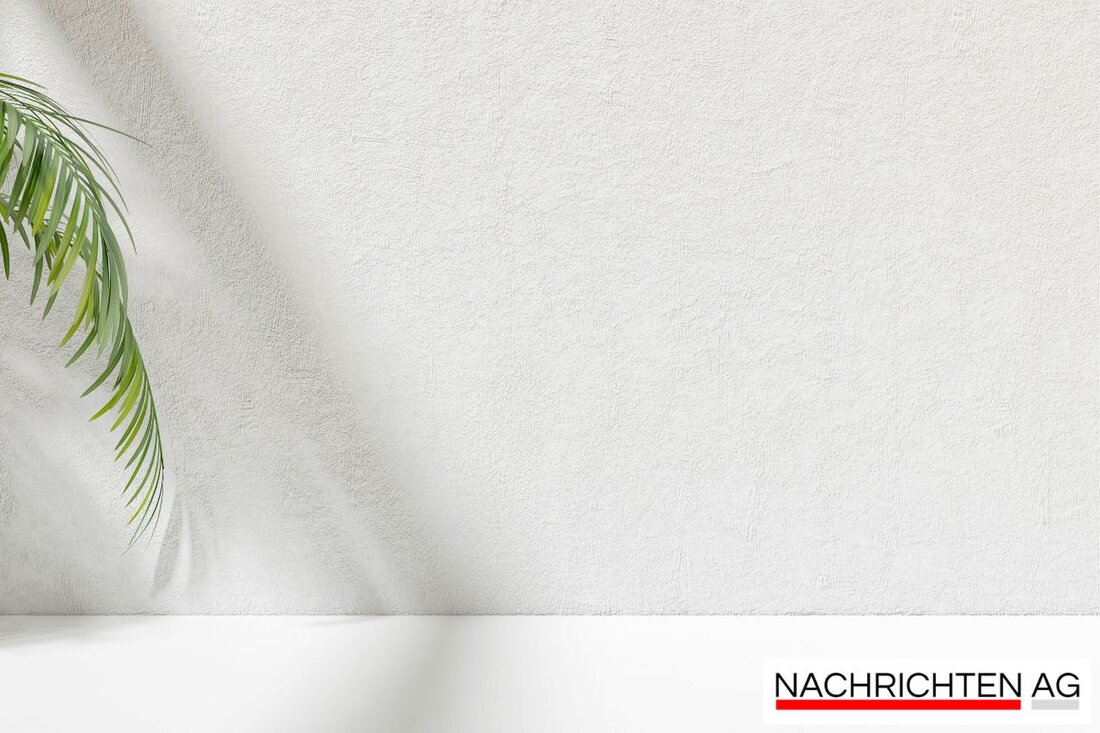Roman mosaics in Wels: Sensational finds from ancient times!

Roman mosaics in Wels: Sensational finds from ancient times!
In the city of Wels, a spectacular archaeological find is currently being discovered, which testifies to the everyday life of ancient Roman life. Am Reinberg, einer beliebten Baufläche seit der Römerzeit, haben Archäologen der Paris Lodron Universität Salzburg und der Oberösterreichischen Landeskultur in den letzten drei Jahren eine bedeutende Villenanlage freigelegt. This is located near the former Roman capital Ovilava, today's catfish. As Nachrichten.at , three remarkable mosaics have so far been discovered on the second or third century.
The finds are unprecedented in the field, which includes over 1,000 square meters, for the Noricum region, where such mosaics, especially in the north provinces, are rare. Particularly noteworthy is the mosaic with the rare dolphin motif, which is considered unique in Upper Austria. This adorned the floors of a bathroom building, which indicates the luxurious living conditions of the residents at the time. Astrid Stollnberger from the University of Salzburg, which heads the excavation work, describes the beauty and complexity of the mosaics as windows in the Alpine Roman culture, in which the sophisticated artistic feeling of the Roman upper class is also visible.
The discoveries and their meaning
In addition to the mosaics, the archaeologists also found three pools with brick floors, a water pipe made of lead pipes and a heating system that demonstrates the technical sophistication of the Roman construction. Mason remnants with waterproof plaster and possibly floral wall paintings have been discovered over the pools. The chairman of the Ovilava, Albert Neugebauer Römerwegverein, had already initiated the first excavations at this location 25 years ago, which have now led to the large -scale current excavation campaign. These successes clearly show how important the Reinberg was as a historical building plot.Governor Thomas Stelzer was impressed by the discoveries and emphasized that the mosaics, as the cultural treasures of the region, opened a new perspective on Roman history. Further plans are already being considered about the possible exhibition of the finds in Linz, where they could be integrated into the newly designed archeology exhibition in the Schlossmuseum. The entire area remains under the protection of the Federal Monument Office and the city of Wels is committed to the long -term preservation of the site.
public interest
The finds are not only persecuted by experts, but also by the general public. On June 10th there will be an open excavation day in Thalheim, to which a shuttle bus service will also be set up to inform the local population. This event could be a further step towards clarifying the Roman past of the region and raising awareness of the historical value of the archaeological site. The mosaics and the excavations carried out offer valuable insights into the history and culture of Roman life, such as archaeologymag.com In summary, it can be said that the discovery of this mosaics not only represents an archaeological sensation, but also enriches the cultural heritage of the Upper Austria region. The Roman presence and its influence on the alpine cultural landscape are impressively documented by these extraordinary finds, which shaped our picture of Roman history in Austria, as the reporting of Futurezone.de supplemented
| Details | |
|---|---|
| Ort | Wels, Österreich |
| Quellen | |
